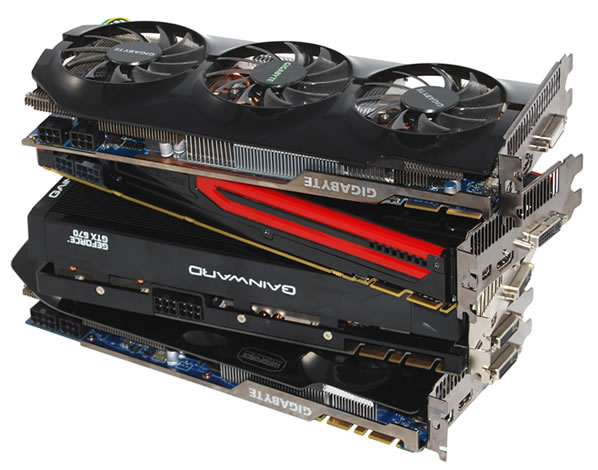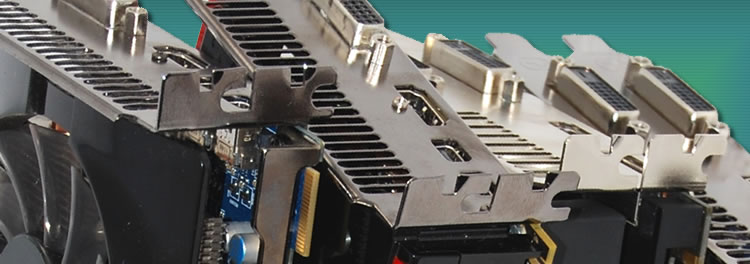The Best Gaming Graphics Cards: 1920x1200 & 2560x1600
A powerful graphics card is likely the most expensive component in your PC if you're a gamer, but with all current and past-gen GPUs available in the range of $100 to $500, it can be tough to pick the right solution for your needs.In an effort to narrow things down, we're about to compare today's most relevant gaming cards that sell for $200 or more, testing them in a slew of games to see how it breaks down as we look for the best graphics cards for gaming at resolutions of 1920x1200 and 2560x1600.
Most GPU releases go through our testbench, however when we review these graphics cards, the GPUs are fairly new or barely making it to market, drivers are not entirely optimized, and most importantly, true market pricing has not settled down to its long-term value.
| Models | Launch | Codename | Fab | Bandwidth | Release Price |
Current Price |
| GeForce GTX 670 | 10-May-12 | GK104 | 28nm | 192.2 GB/s | $400 | $400 |
| GeForce GTX 680 | 22-Mar-12 | GK104 | 28nm | 192.2 GB/s | $500 | $500 |
| Radeon HD 7870 | 19-Mar-12 | Pitcairn XT | 28nm | 153.6 GB/s | $350 | $310 |
| Radeon HD 7850 | 19-Mar-12 | Pitcairn Pro | 28nm | 153.6 GB/s | $250 | $250 |
| Radeon HD 7950 | 31-Jan-12 | Tahiti Pro | 28nm | 240.0 GB/s | $450 | $350 |
| Radeon HD 7970 | 9-Jan-12 | Tahiti XT | 28nm | 264.0 GB/s | $550 | $450 |
| GeForce GTX 560 Ti | 25-Jan-11 | GF114 | 40nm | 128.2 GB/s | $250 | $230 |
| Radeon HD 6870 | 22-Oct-10 | Barts XT | 40nm | 134.4 GB/s | $240 | $180 |
The table above includes all the cards we'll be benchmarking, starting with the most recently released. Note that although we have the Radeon HD 7970 GHz Edition on hand, we didn't include it in this review because we don't see why anyone would buy the factory overclocked solution at a $50 premium.

Testing Methodology
We picked ten games for our test, six of which are DX11 titles and include recent releases such as Max Payne 3 and Alan Wake. Games will be run at 1920x1200 and 2560x1600 as we believe these are the resolutions gamers are targeting with today's $200+ graphics cards, using monitors between 24 and 30 inches. All games will be tested with fraps which lets us record 60 seconds of gameplay.Test System Specs
For those that enjoy a good book go here https://www.smashwords.com/books/view/149024?ref=semanticdmax |
https://www.smashwords.com/books /view/17579?ref=semanticdmax |

No comments:
Post a Comment